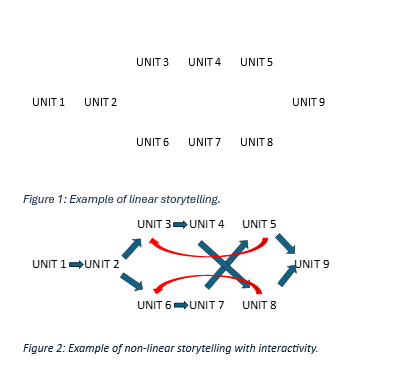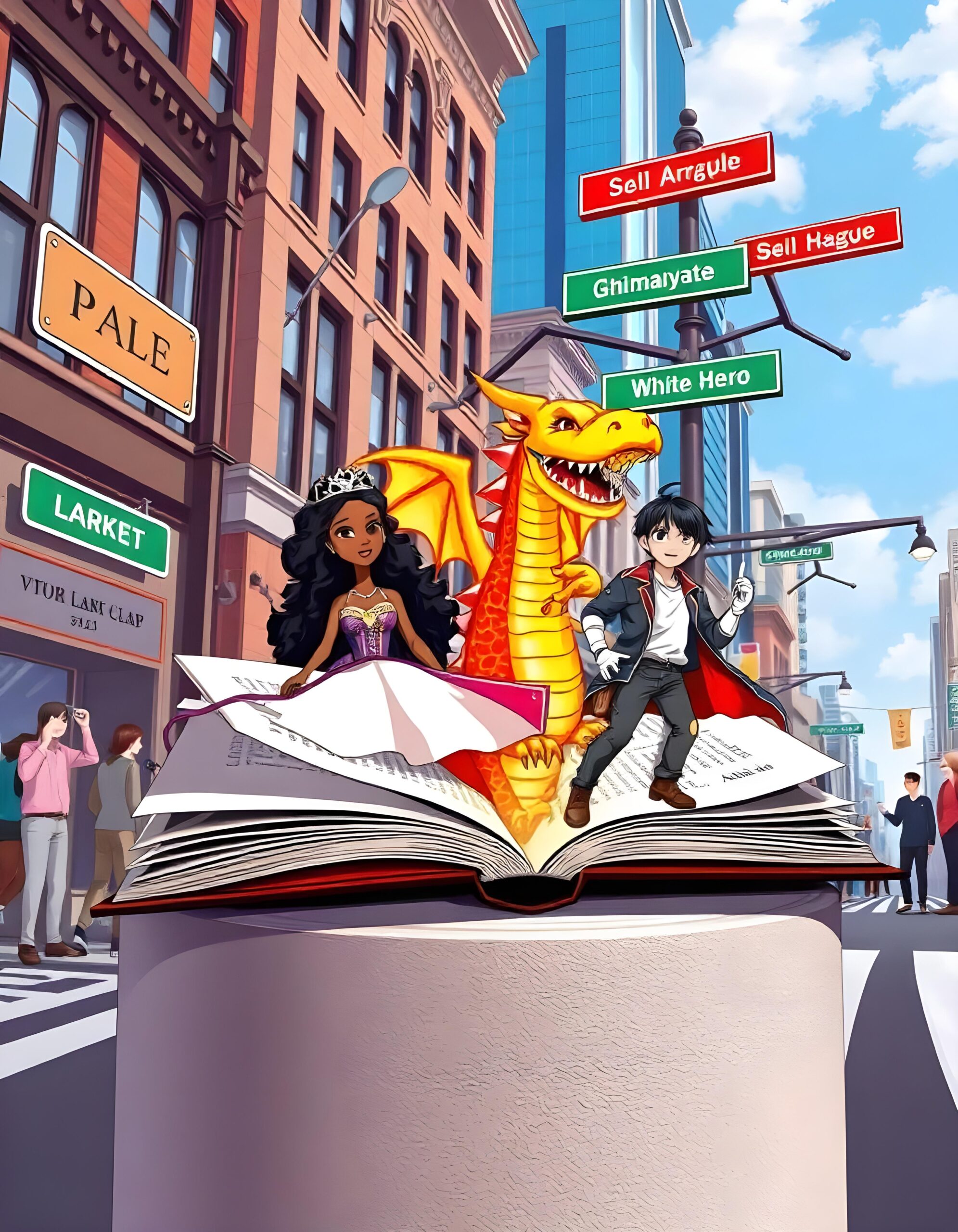Why do we like stories?
Stories captivate us for a variety of reasons, engaging cognitive, emotional, social, and cultural dimensions. They stimulate imagination, help us visualize scenarios, and involve us in sequences of events that make complex ideas more understandable and memorable. Emotionally, stories foster empathy, allowing us to connect deeply with characters and their experiences, thus enhancing the narrative's impact.
Historically, stories have been essential for sharing knowledge, values, and cultural norms. They help us learn from others' experiences, understand social dynamics, and navigate human interactions. Stories also offer a way to understand our identities, connect us to our past, and foster a sense of belonging. They present characters who face challenges and make decisions, illustrating moral lessons and problem-solving strategies applicable to our own lives. Additionally, stories provide entertainment and an escape from reality, transporting us to different worlds and perspectives.
Neuroscientific research reveals that stories activate multiple areas of the brain, making the experience especially engaging and fulfilling. From an evolutionary perspective, storytelling likely promoted social cohesion and cooperation among early humans, contributing to group bonding and survival.
In short, stories resonate with us because they engage our minds, touch our hearts, promote learning and social bonds, and offer entertainment while helping us understand the world and ourselves.
Why are fairytales timeless?
Fairy tales have a timeless appeal due to their universal themes, cultural adaptability, and psychological impact. They explore fundamental human emotions like love, fear, jealousy, bravery, and the battle between good and evil, making them relatable across different ages and cultures. Fairy tales often impart moral lessons, highlighting virtues like kindness, courage, and honesty.
These tales also tap into our collective unconscious, addressing deep psychological needs. Their adaptability allows for countless retellings across cultures and eras, reflecting societal shifts while retaining core messages. With straightforward narratives and archetypal characters, fairy tales are easy to understand and remember, appealing to broad audiences.
The fantastical elements in fairy tales captivate our imagination, offering an escape from reality and fulfilling our desire for adventure. Their emotional depth creates a strong connection with readers, ensuring they are passed down through generations. Despite their magical elements, fairy tales often reflect real human experiences and social dynamics, addressing common life challenges.
What does non-linear narrative bring to a story?
A non-linear narrative, where events are presented out of chronological order, enriches a story in several ways. By using flashbacks, flash-forwards, or other disruptions in the timeline, non-linear narratives add complexity and depth, allowing for intricate explorations of characters and themes. This structure enhances audience engagement by building mystery and suspense, prompting readers to invest in uncovering how the pieces come together.
Non-linear storytelling can emphasize themes by juxtaposing different time periods, highlighting changes, growth, or enduring traits. By manipulating time, storytellers can create stronger emotional effects, intensifying anticipation and emotional investment. It also allows for richer character development, gradually revealing backstories and motivations, providing a more holistic understanding of the characters. The technique mirrors how human memory often works, reflecting how we recall events out of sequence based on their emotional or personal significance.
What does adding interactivity accomplish?
Adding interactivity to non-linear narratives in printed fiction creates a unique and engaging reading experience. Formats like choose-your-own-adventure allow readers to make choices at key points, leading to different pages or sections. This branching narrative structure lets readers follow different storylines, providing a more dynamic and personalized experience.
Interactivity enhances engagement by requiring active participation. Readers can tailor the story to their preferences, encouraging multiple readings and offering new insights with each revisit. This approach pushes the boundaries of traditional fiction, allowing writers to experiment with narrative structures and storytelling techniques.

In Conclusion
Stories resonate with us because they engage both our minds and emotions, foster learning and social connections, and provide entertainment. Fairy tales, in particular, have a lasting appeal due to their universal themes and adaptability. Non-linear narratives and interactive elements further enrich storytelling, making it more engaging and innovative.

